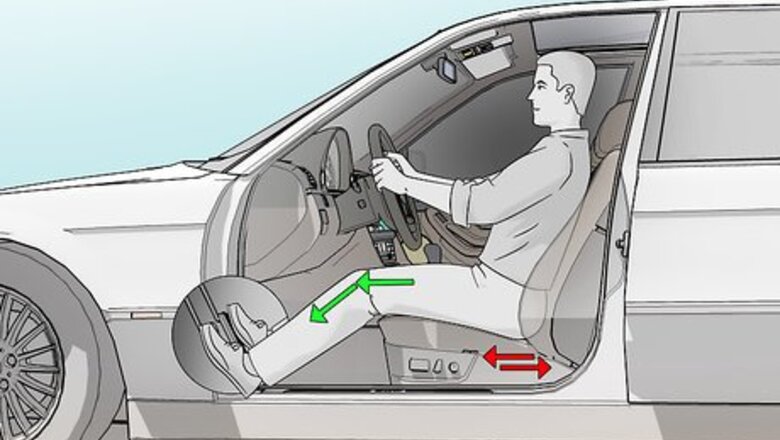
views
Using Your Seat Controls
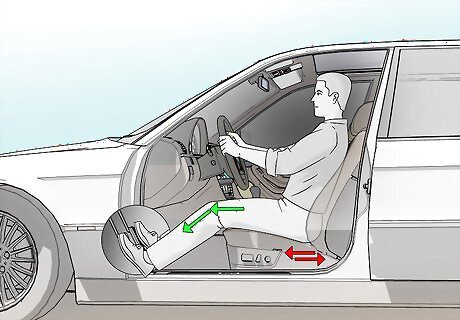
Slide your seat until your knees are slightly bent when you're pressing the gas. Move your seat forward if your legs are completely extended when you press the gas pedal. Move your seat back if your legs are bent too much. Keeping your knees slightly bent while you drive will prevent knee pain.
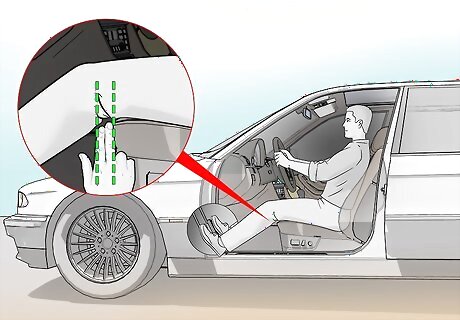
Sit so there's a gap 2 fingers wide between the back of your knee and the seat. Place 2 fingers between the edge of your seat and the back of your knee. If you can't fit both fingers in the gap, slide your seat back until you're able to.
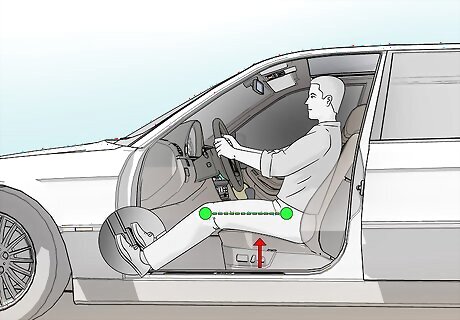
Raise your seat up until your hips are level with your knees. Raise the seat higher if you can’t see clearly out the windshield or windows. Don’t drive with your hips lower than your knees. If your car doesn’t have a control to adjust the seat height, sit on a cushion to help keep your hips level with your knees. Make sure you’re not elevated too much or you’ll have to bend down to look out the windshield or windows.
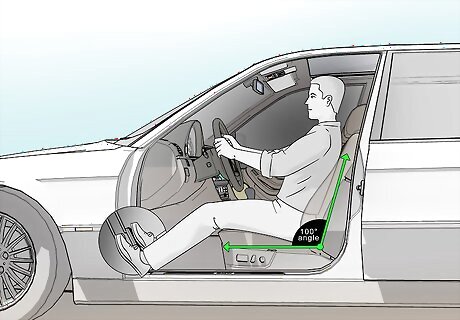
Adjust the backrest so it’s reclined at about a 100 degree angle. Sitting reclined at this angle will decrease pressure on your lower back so you’re more comfortable. If your shoulders lift from the backrest when you turn the steering wheel, your seat is reclined too much. Move the backrest up more if you are hunched forward when driving. When the backrest is in the proper position, you should easily be able to reach the wheel, and your elbows should be slightly bent.
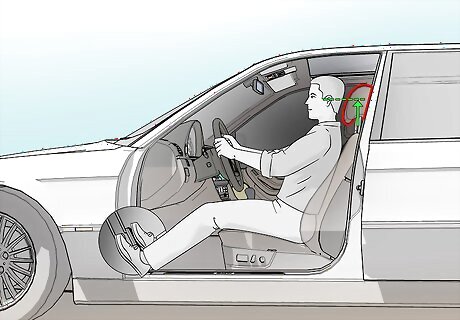
Move the headrest so the back of your head is centered in the middle. If your head is above the headrest when you’re sitting in your seat, move the headrest up. If the back of your head is exposed below the headrest, move the headrest down. Ideally, the top of your head should be level with the top of the headrest.
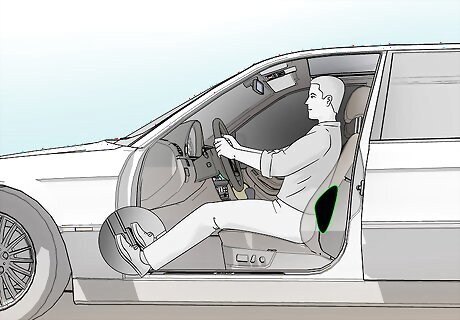
Adjust the lumbar support so it fits in the curve of your lower back. The lumbar support is the raised portion of the lower backrest. First, adjust the height of the lumbar support so the bottom edge is level with your waistline. Then adjust the depth of the support so it completely fills in the curve of your lower back. If your seat doesn’t have lumbar support, roll up a towel and put it in the curve of your back while you’re driving. You can also buy an attachable foam support to use in place of lumbar support if your seat doesn’t have it. EXPERT TIP Ibrahim Onerli Ibrahim Onerli Driving Instructor Ibrahim Onerli is a Driving Instructor and the Manager of Revolution Driving School in New York City. His mission is to make the world a better place by teaching safe driving. Ibrahim trains and manages a team of over eight driving instructors. He specializes in teaching defensive driving and stick shift driving. Ibrahim Onerli Ibrahim Onerli Driving Instructor Try pressing the brake pedal to ensure it's comfortable. Press the brake all the way down, and pay attention to whether your heel comes up. If it does, your seat needs to be closer. Also, adjust the steering wheel so there's about 10 inches from your chest to the wheel.
Sitting in Your Seat Properly
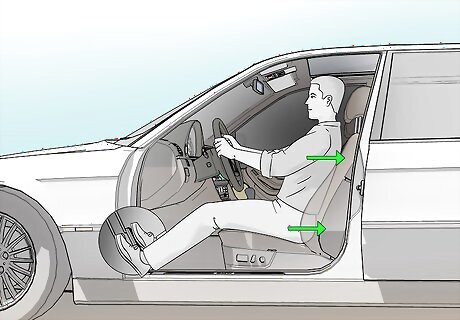
Sit with your body all the way back in your seat. Your back should be pressed against the backrest, and your bottom should be as far back in your seat as possible. Avoid driving with your body scorched forward; if you can’t reach the pedals or steering wheel, adjust your seat, not your body.
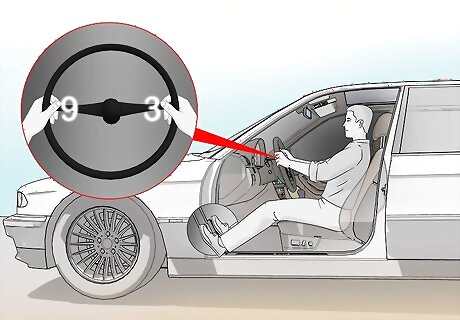
Hold the steering wheel at a “9 and 3” position. Imagine the steering wheel is the face of a clock. Place your left hand where 9 o’clock would be on the clock. Place your right hand where 3 o’clock would be on the clock. Maintaining this grip will give you the most control over the wheel. Always drive with both hands on the wheel. Driving with one hand twists your spine, which can lead to back pain.

Keep your left foot on the footrest when you’re not using it. If you’re driving a manual car, only move your left foot when you’re using the clutch. If you’re driving an automatic, you should never move your left foot from the footrest. Keeping your left foot flat on the footrest will help support your back and pelvis while you’re driving.
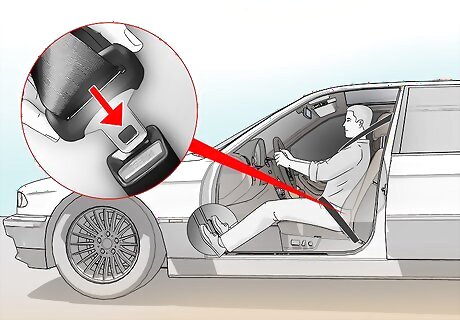
Wear your seat belt so the strap goes across your pelvis. Don’t wear the strap that stretches across your lap over your stomach. In case of an accident, you want the strap to catch onto your pelvic bone, not your stomach.




















Comments
0 comment